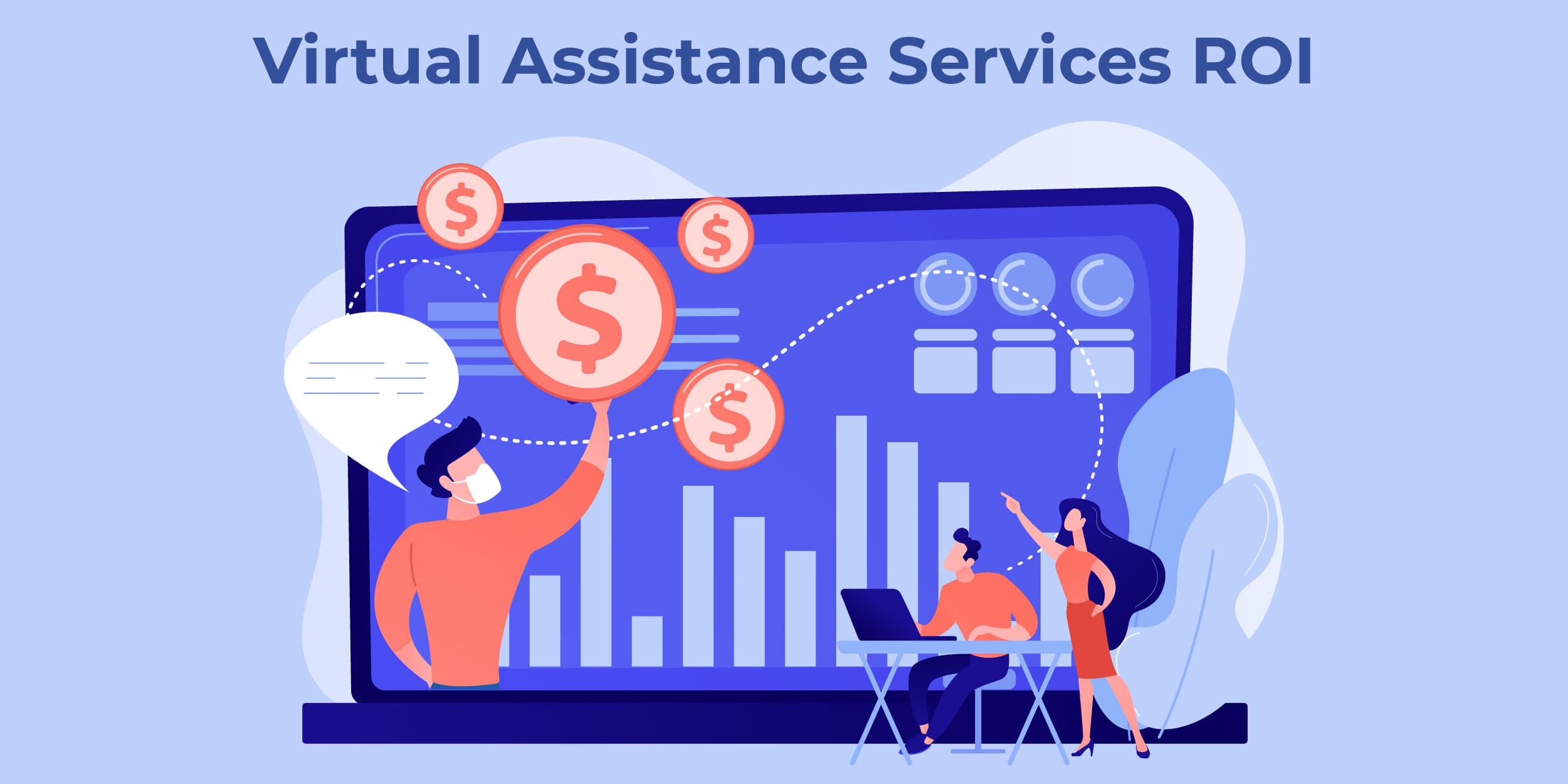Calculating ROI From An Investment In Professional Virtual Assistance Services
In today’s fast-paced business environment, entrepreneurs and organizations increasingly turn to professional virtual assistant services to streamline operations and optimize productivity. However, assessing the return on investment (ROI) is essential before making any investment decision. This article explores the value of professional virtual assistant services and provides a step-by-step guide for calculating the ROI from such an investment.
Understanding the Value of Professional Virtual Assistant Services
Enhanced Productivity and Time Savings
Virtual assistants can handle time-consuming administrative tasks, allowing business owners and employees to focus on core activities directly contributing to revenue generation and business growth. By offloading routine tasks, professionals can allocate their time more efficiently, increasing productivity.
Cost Efficiency and Scalability
Hiring virtual assistants is more efficient than hiring full-time employees. Virtual assistant outsourcing is typically paid for the hours worked or tasks completed, eliminating employee benefits, office space, and equipment expenses. Additionally, professional virtual assistant services are scalable, allowing businesses to adjust the level of support based on their needs.
Access to Specialized Skills and Expertise
Professional virtual assistant providers have access to a diverse pool of professionals with specialized skills and expertise. Whether it’s social media management, graphic design, content writing, or bookkeeping, businesses can tap into the talent pool of virtual assistants to obtain high-quality support in various areas without requiring extensive training or hiring additional staff.
Factors to Consider When Calculating ROI
When calculating the ROI from an investment in professional virtual assistant services, consider the following factors:
Cost of Virtual Assistance Services
Determine the cost of hiring virtual assistants, which can vary based on factors such as the scope of work, level of expertise required, and duration of the engagement. This cost will serve as the initial investment for calculating ROI.
Time Savings and Increased Productivity
Estimate the amount of time saved by delegating tasks to virtual assistants. Quantify the value of this saved time by considering the hourly rate of the professionals involved and the potential activities that can be prioritized. Increased productivity translates into tangible benefits for the business.
Revenue Generation and Business Growth
Assess the potential impact of virtual assistance services on revenue generation and business growth. Consider how the freed-up time and improved productivity can drive sales, develop new products or services, expand marketing efforts, or enhance customer support. Determine the potential increase in revenue directly attributable to the support provided by professional virtual assistant services.
Steps to Calculate ROI from Virtual Assistance Services
Follow these steps to calculate the ROI from an investment in professional virtual assistance services:
1. Determine the Total Investment Cost
Calculate the total cost of hiring professional virtual assistant services over a specific period. This includes hourly or task-based rates and additional tools, software, or training expenses.
2. Assess Time Savings and Productivity Gains
Quantify the time saved by delegating tasks to virtual assistant outsourcing services. Determine the value of this saved time by multiplying it by the professionals’ hourly rates. Additionally, consider how increased productivity contributes to achieving business goals and objectives.
3. Evaluate Revenue Impact
Estimate the potential increase in revenue directly linked to the support provided by virtual assistants. Consider the additional sales, projects, or clients that can be acquired due to the business’s ability to focus on revenue-generating activities.
4. Calculate ROI
To calculate ROI, subtract the total investment cost (Step 1) from the combined value of time savings, increased productivity (Step 2), and revenue impact (Step 3). Divide the resulting figure by the total investment cost and multiply by 100 to get the ROI percentage.
Let Us Consider A Few Examples of ROI Calculations
1. Cost Reduction Scenario
Suppose the total investment cost in virtual assistance services over a year amounts to $20,000. The business saves approximately 20 hours per week by delegating time-consuming tasks valued at $50 per hour. The total annual time savings are $52,000. Additionally, the improved productivity leads to a 10% increase in yearly revenue, amounting to $30,000.
Using these figures, the ROI calculation would be as follows:
ROI = (($52,000 + $30,000) – $20,000) / $20,000 x 100 = 310%
This means that the ROI from the investment in virtual assistance services is 310%.
2. Revenue Generation Scenario
Suppose the total investment cost in professional virtual assistant services over a year amounts to $15,000. The business estimates that the support provided by virtual assistants will lead to a 20% increase in annual revenue, amounting to $50,000.
Using these figures, the ROI calculation would be as follows:
ROI = ($50,000 – $15,000) / $15,000 x 100 = 233.33%
In this scenario, the ROI from the investment in virtual assistance services is 233.33%.
Overcoming Challenges in ROI Calculation
Calculating ROI from professional virtual assistant services can present particular challenges. Some common challenges include:
- Data Availability: Accurate ROI calculation requires access to relevant financial and operational data. Ensure that the necessary data is collected and organized for accurate analysis.
- Subjectivity: Determining the value of time savings, productivity improvements, and opportunity costs can be subjective. Establish clear parameters and assumptions to minimize subjectivity and maintain objectivity.
- Long-Term Assessment: ROI calculations should consider both short-term and long-term impacts. Some benefits, such as increased brand reputation or customer loyalty, may take time to materialize fully.
Conclusion
Investing in professional virtual assistant services can benefit businesses, including cost savings, increased productivity, and access to specialized skills. Calculating ROI from such investments is essential to evaluate their financial viability and value. Businesses can make informed decisions and maximize their returns by considering cost, time savings, increased productivity, opportunity costs, and the quality of work.
If you are looking for the best virtual assistant outsourcing company, Vgrow is here! Our team of virtual assistants is qualified, experienced, and trained to assist you with your business activities. We can scale up or down, depending on your requirements. With over ten years of experience in helping small businesses, our 24/7 virtual assistants have been able to spike productivity by 30%. Contact us today to learn more!

Andrew Gray
Andrew Gray is the Senior Operations Manager at Vserve Amazon Listing Services, a position he's held since 2021. He is renowned for operational excellence, leading teams to achieve sales growth and enhanced customer service. Andrew's role is crucial in optimizing the company's operations and maintaining its reputation for efficient back-office solutions.





